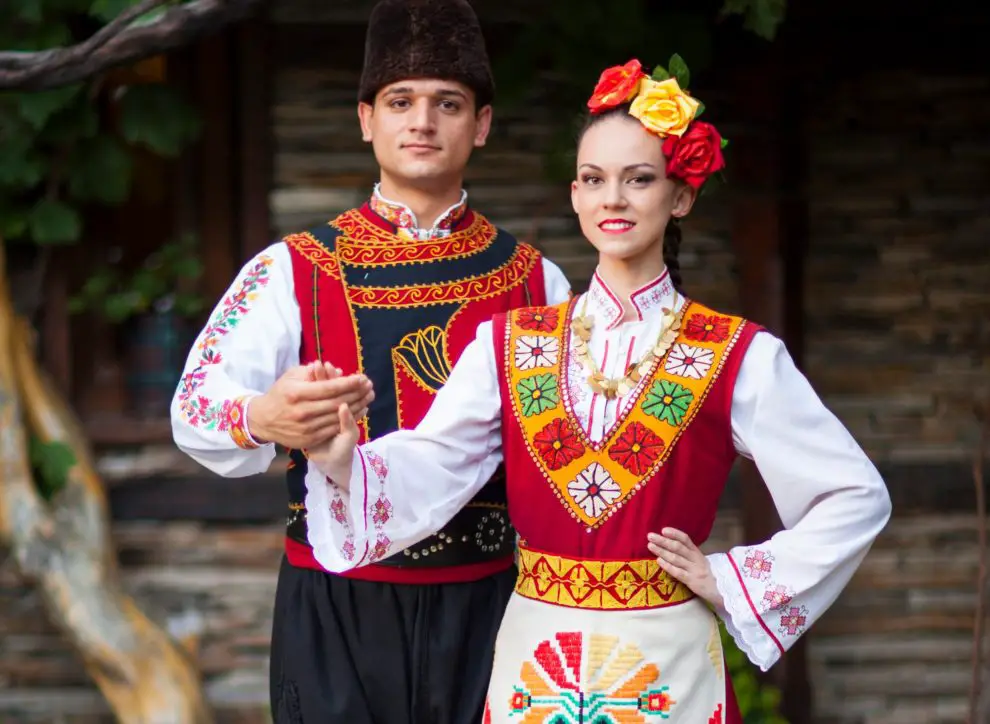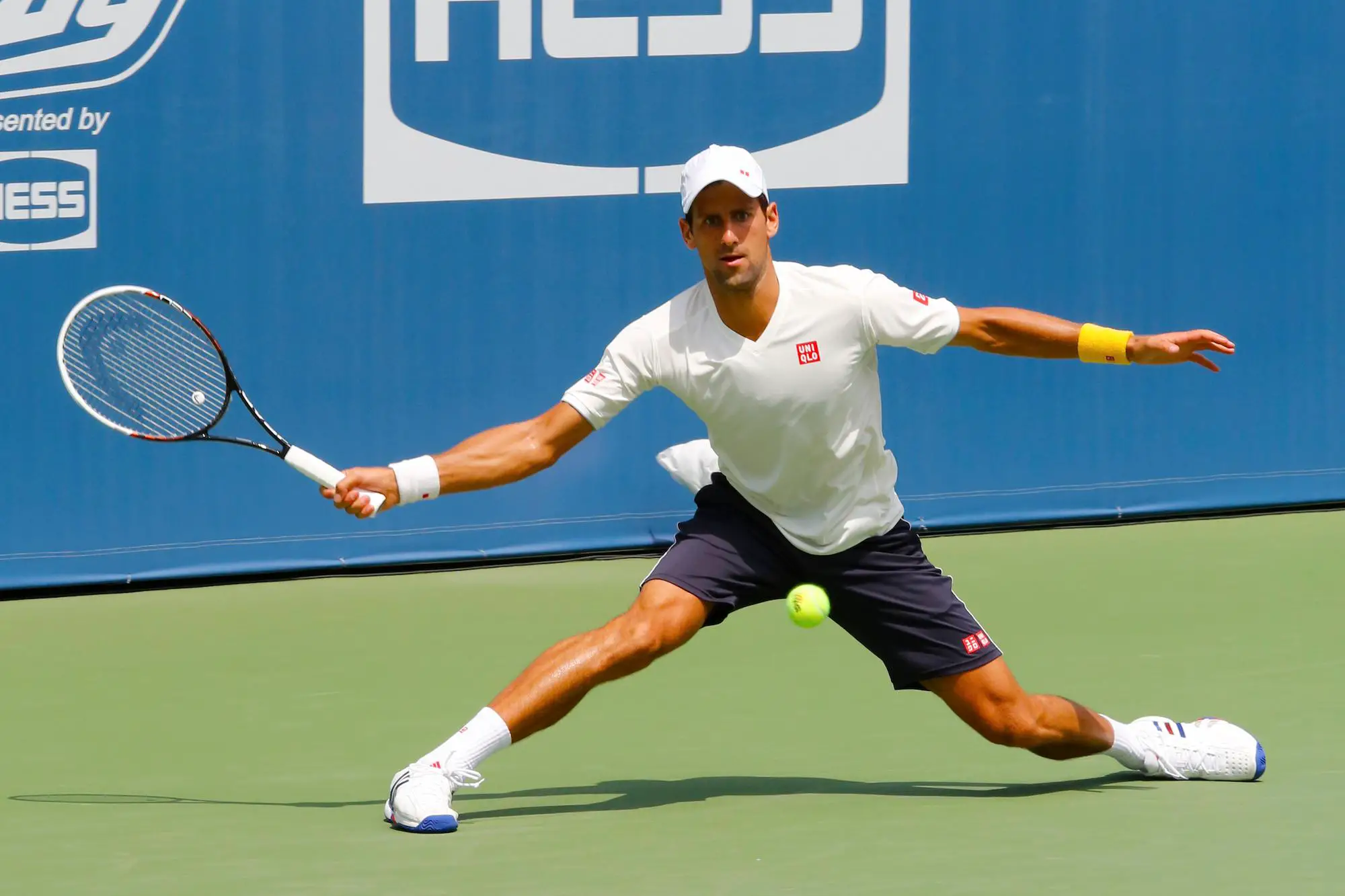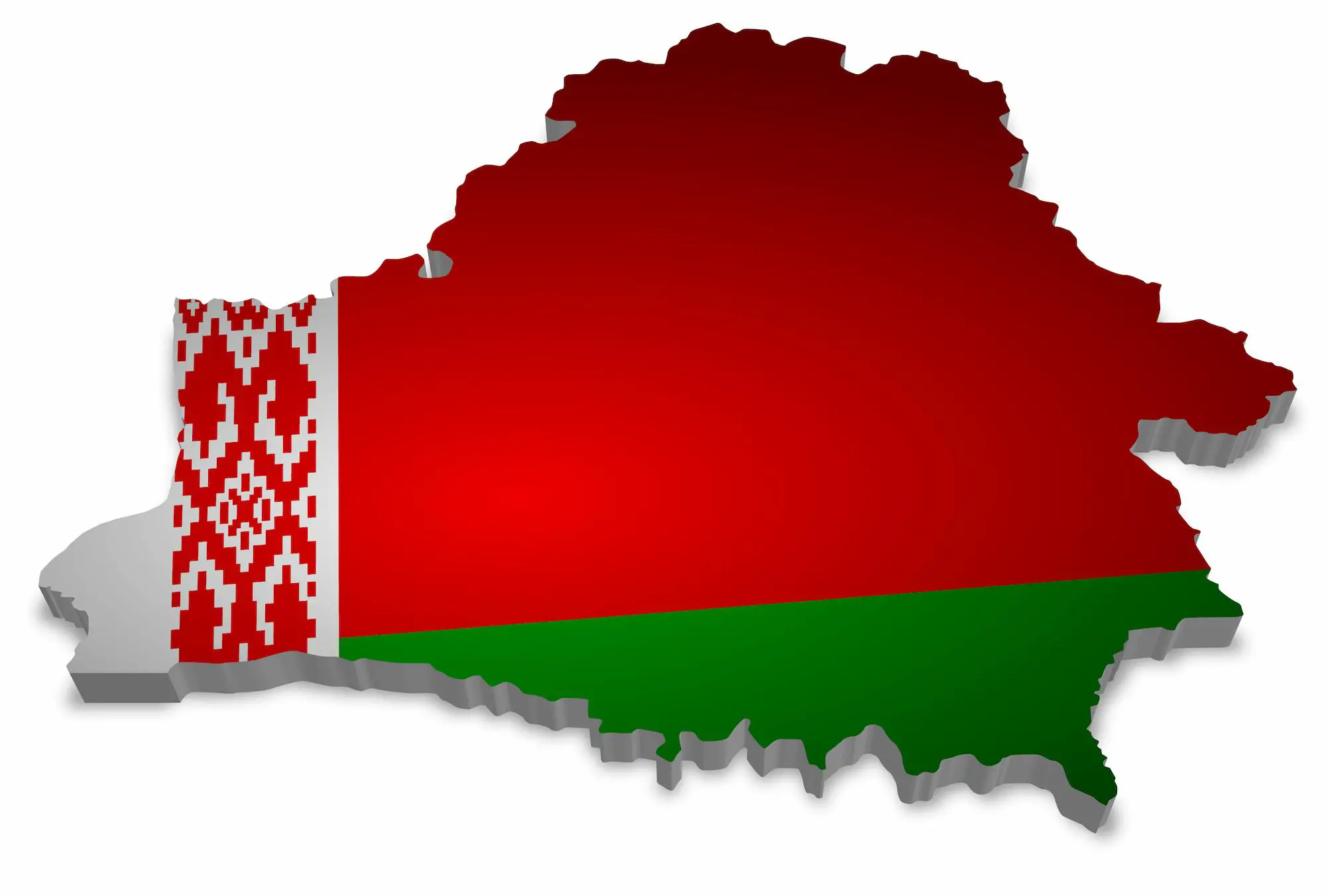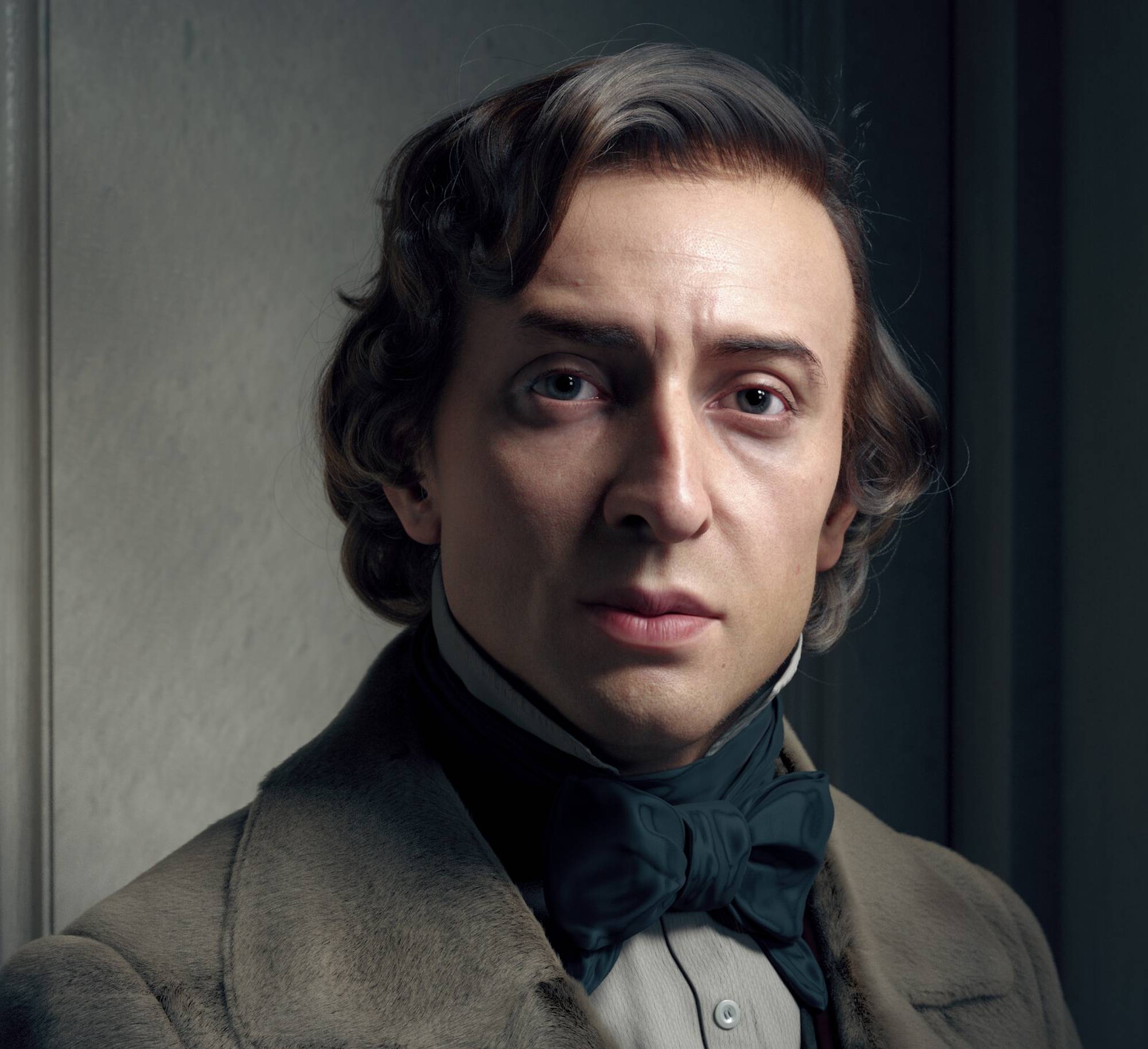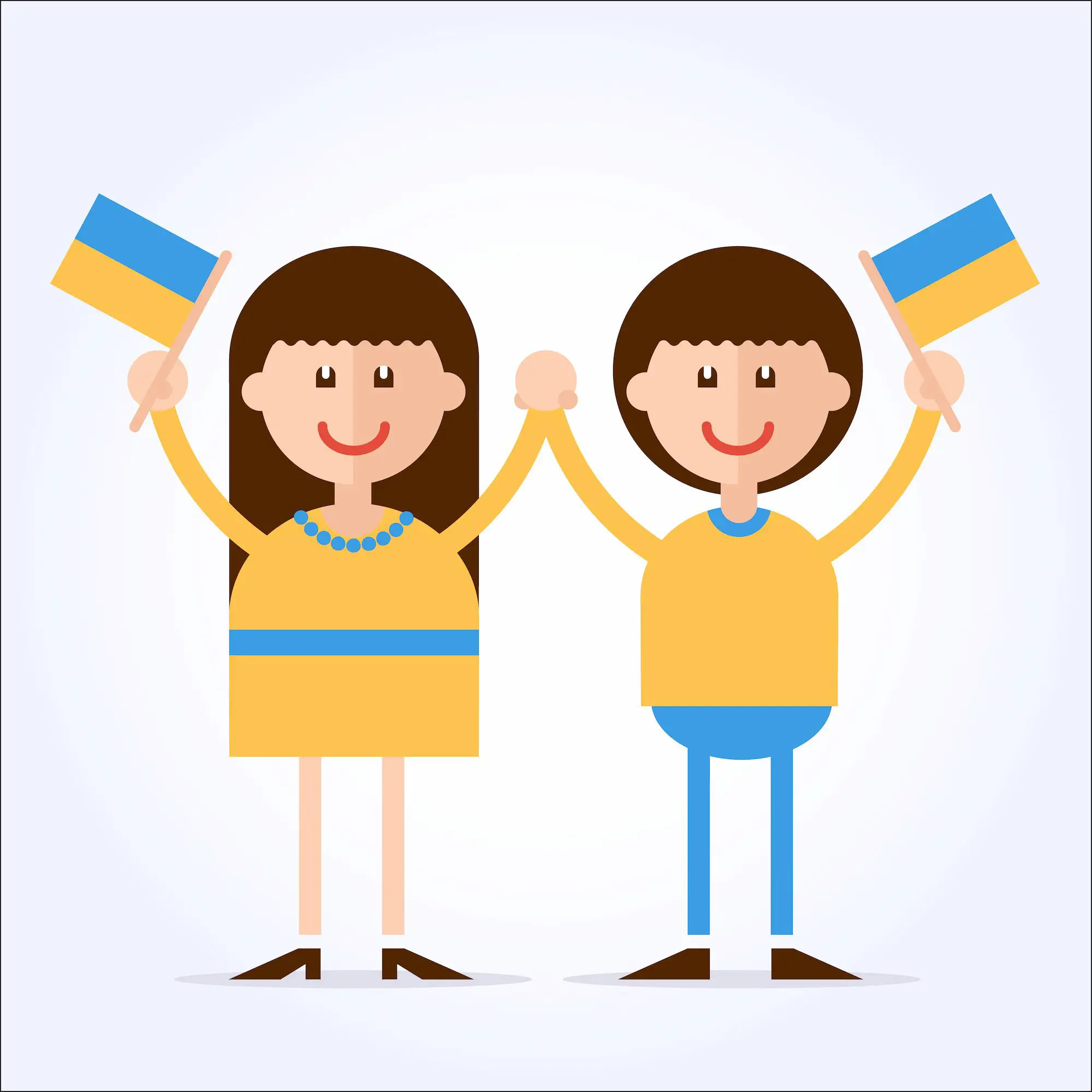First, let us say that Bulgaria is the name of one of the first countries in the world!
It was founded back in the 7th century and it occupies the eastern portion of the Balkan peninsula and is geographically part of southeastern Europe.
There are many interesting facts about this magnificent country and its people.
We have previously discussed their phenomenal food and amazing Bulgarian desserts.
In this article, we are going to emphasize some other aspects of their national being, such as the art, the folk music of Bulgaria, Bulgaria’s best achievements in the sphere of sport, and their world records in athletics.
So, let’s get down to it.
Table of Contents
Are Bulgarians Slavs?
Labeling Bulgarians as Slavs, won’t tell the whole story of their ethnicity. But yes, they definitely are partially Slavic.
The identity is a cultural construct, and therefore, it has much more to do with particular customs, traditions, and language and less with some ancient tribal belonging.
Bulgarians speak a Slavic language, they are Orthodox Christians and enjoy many holidays and celebrations that other Slavic nations do.
Their traditions and language are quite similar to those of North Macedonia and Serbia.
Therefore, it seems that language is our best tool in determining one’s identity.
Although, following the ethnogenesis, they have the Bulgars as their base and have Thracian and Slavic tribes as its additional thirds: following the logic of intercultural relations, they may be more Slavic than expected.
They may be not pure Slavs, but they share more with the Slavs than one would imagine.
Are Bulgarians Tatars?
Claiming that Bulgarians are pure Tatars, Bulgars, or even Slavs, is simply wrong. It is just an attempt to give an easy answer to a hard question.
According to the old educational systems of the neighboring countries throughout history, Bulgarians were considered Tatars of Mongolian origin.
That follows the logic of nationalism. If Bulgarians came from Mongolia, that makes the adequate neighboring nation somewhat more native or authentic.
Tatar is used in a pejorative connotation in Greece, North Macedonia, and Serbia. What is closer to the truth is that there is a chance that modern Bulgarians have some Turkish genes.
The colors of their flag (which was an additional argument in the thesis of the Mongolian origin of this country) have nothing to do with the Mongolian flag.
It is inspired by the Russian flag, as Russia was the country that had the main influence on post-war Bulgaria at the time of its creation.
The Origin of Bulgarians
The demographic structure of what is nowadays known as the Bulgarian nation is a three-partite (meaning that it is a homogenous mix of Bulgars, Thracians, and Slavic tribes).
There are different theories of how the Bulgars arrived on the peninsula. For years, there was a thesis that claimed that Bulgarians were originally a Mongolian tribe. This thesis is less popular nowadays since the research in contemporary genetics doesn’t fit this explanation.
Bulgarians seem to be closer by DNA with some Western European ethnic groups.
However, like anything else in the Balkan Peninsula, their ethnogenesis cannot be verified easily. Without getting into too much detail, it is safe to say that present-day Bulgarians are an ethnic composite of the Bulgars, the Thracian tribes, and the Slavic tribes.
Traditional Bulgarians
When speaking of traditional Bulgarians, we mostly think of the previously mentioned tribe of Bulgars.
At first, the whole tribe was united under a ruler by the name of Kurt. After his death, the tribe separated into five different hordes. One of which constituted the Khazars, a very interesting ethnic group that is believed to have been assimilated.
On the plain between the Danube and the Balkan Mountains, Bulgars established the early base of what later became the first Bulgarian empire.
Modern Bulgarians
When Bulgars came to the Balkan region, Thracians were living on the territory they planned to take over (as well as some Slavic tribes).
Nowadays, there are 7 million citizens in Bulgaria. Other than Bulgarians, there is a significant number of Turks living in Bulgaria.
If we take ethnogenesis into consideration, then the answer to the question – Are Bulgarians Slavs? – is no. But if we take the more recent history, new traditions, and primarily the language, we can conclude that Bulgarians are definitely a part of the modern-day Slavic culture.
Read: 12+ Interesting Facts About Bulgaria
Bulgarian Art
Bulgarians have a rich and potent artistic expression. It is without exception based upon and inspired by the beautiful nature this country has in spades.
When we speak of the beginnings, and the art based upon Christian traditions, the name of Zahari Zograf is the most important one [1]. Some of the most impressive murals in the Rila Monastery, the Bachkovo Monastery, and the Troyan Monastery are made by him.
Another name that mustn’t be left out is the “Master”, Vladimir Dimitrov [2].
He is considered to be the best Bulgarian painter of all time. His most important works are dedicated to the Bulgarian rural life and the beauty of Bulgarian women.
The story of Ivan Mrkvichka is nothing short of intriguing. He was born in Czechia but was invited to Plovdiv in order to be a professor of arts at the University.
Mrkvichka, together with another fellow professor, held the first ever exhibition in Bulgaria.
He is considered as a person of great importance for the development of arts in Plovdiv and Sofia.
Bulgarian Sport
In the past century, besides proving their national excellence in the sphere of arts, this country and its citizens achieved many remarkable results in various sports.
When it comes to the sports achievements of Slavic people, we cannot overlook the successes in chess. Two chess players, the first by the name of Veselin Topalov and the second by the name of Antoaneta Stefanova, are good examples.
Those two held the title reserved for the best chess player, both in their respective categories, between 2005 and 2006.
Bulgarians are also proud winners of an astonishing number of over 220 Olympic medals since the first Olympic games in 1896.
Stefka Kostadinova, a record holder in the high jump for more than 27 years now; and Yordanka Donkova, a multiple record setter and current record holder in 100 meters hurdles are among the Bulgarians we just have to mention.
Traditional Bulgarian Music
Traditional Bulgarian music is something the people of Bulgaria are very proud of.
The richness and variety in their songs are made up of all the different influences present across the southeast of Europe.
In Bulgarian music, one can easily find both eastern and western rhythms, Greek pulsations and forms, and even some typical west, Roman flavors.
The Swiss ethnomusicologist by the name of Marcel Cellier was well aware of this.
In 1975, he released an album named “Le Mystère des Voix Bulgares” (“The Mystery of Bulgarian Voices”), which was re-released in 1986 to international acclaim.
Besides the beautiful melodies, old Bulgarian music is full of ethno dances that take the breath away with their complexity, harmony of movements, and authentic clothing.
Most of their traditional dances are line dances.
Those can be performed in a straight line or a curved line. This culture has its roots in the past, whereby separating the dance into two lines, the contact between men and women was limited.
Nowadays, the dances are mostly performed in a single line.
Bulgarian Traditional Clothing
Since ancient times in Bulgaria, each new costume was handmade, sewn, and embroidered.
Bulgarian traditional clothing or the Bulgarian nosiya, were ancient clothes that were made and worn as everyday attire until the 20th century. The clothes were traditionally made by Bulgarian women from natural materials, such as cotton, wool, linen, and silk.
Clothes varied in style according to the particular traditions of the area, and the western villages had very different clothing from the villages in the eastern part of the country.
Traditionally, women in Bulgaria started to learn how to sew and weave at the age of 5.
But when they turned 12, they were considered old enough to acquire a new skill, embroidery, which was the highest of these skills, and had to be mastered until their wedding day.
Embroidering had very big symbolic value in this country because it meant protection of the human soul, through covering particular body parts, from evil spirits.
The Bottom Line
Bulgaria is a beautiful country with a beautiful language, kind population, old eastern tradition that goes back to ancient times.
If you ever find yourself in Europe, be sure to visit Bulgaria, as it’s one of the most beautiful countries in the world.
Sources
- https://www.tuttartpitturasculturapoesiamusica.com/2019/11/Zahari-Zograf.html
- https://bulgariatravel.org/en/art-gallery-vladimir-dimitrov-maystora-town-of-kyustendil/







